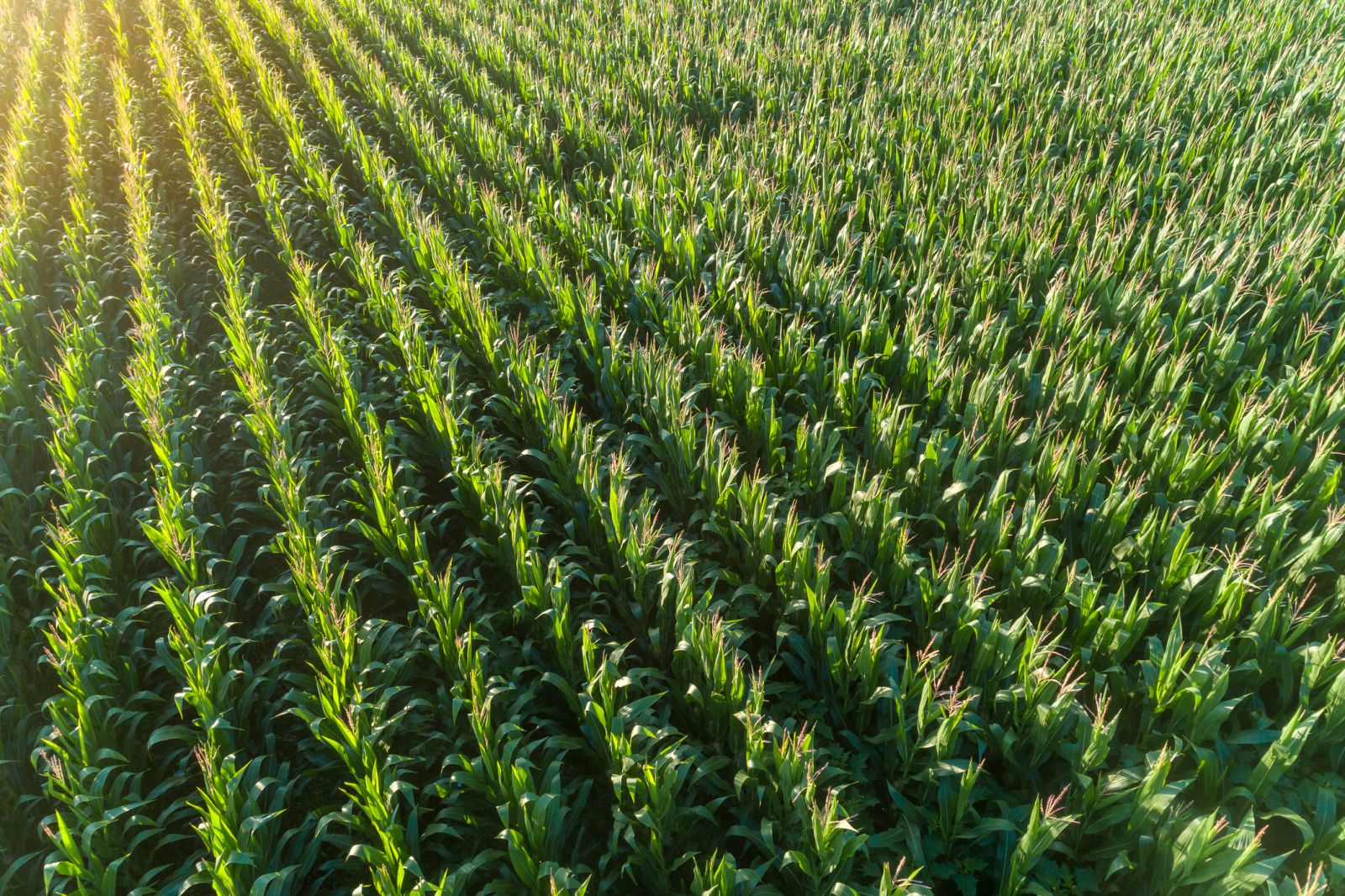
March ICE NY cocoa (CCH23) on Thursday closed up +8 (+0.30%), and March ICE London cocoa #7 (CAH23) closed up +6 (+0.29%).
Cocoa prices Thursday extended this week's rally, with NY cocoa posting a 1-year nearest-futures high. Cocoa prices are up sharply this week on reports that some Ivory Coast cocoa exporters are close to defaulting on their contracts due to a lack of cocoa beans, with some shortage estimates as high as 150,000 tons. According to the Reuters report, with more cocoa grinding being done locally in the Ivory Coast, there are not enough coffee beans available to satisfy exporters' contracts.
Cocoa prices already had carry-over support from Monday on signs of stronger global cocoa demand after Gepex, a cocoa exporter group that includes six of the world's biggest cocoa grinders, reported it processed 58,554 tons of cocoa in December, up +13% y/y.
Cocoa prices have seen support from concern about the quality of some West African cocoa crops. Cocoa farmers continue to struggle with the lack of fertilizer and pesticides as the war in Ukraine has limited Russian exports of potash and other fertilizers worldwide.
On the negative side, reports from farmers in the Ivory Coast and Ghana that recent rain boosted soil moisture levels and should lead to larger yields of the cocoa mid-crop, the smaller of two annual cocoa harvests.
Ample supplies from the Ivory Coast are bearish for cocoa prices. Monday's government data showed that Ivory Coast farmers sent a cumulative 1.66 MMT MT of cocoa to Ivory Coast ports for the 2022/23 marketing year from October 1 through February 12, up +3.8% y/y.
Tighter cocoa inventories are supportive of prices. ICE-monitored NY cocoa inventories held in U.S. ports are moderately above the 9-1/2 month low from January 3. Also, ICE-monitored cocoa stockpiles held in EU ports fell to a 10-month low Monday of 112,820 MT.
On the positive side for cocoa are smaller cocoa exports from Nigeria after the Cocoa Association of Nigeria reported on January 24 that Nigeria's Dec cocoa exports fell -0.7% m/m and -73% y/y to 36,571 MT. Nigeria is the world's fifth-largest cocoa bean producer.
Global cocoa demand is tepid and is a negative factor for prices. On January 19, the National Confectioners Association reported that Q4 North American cocoa grindings fell -8.1% y/y to 107,130 MT. Also, the European Cocoa Association reported on January 19 that European Q4 cocoa grindings fell -1.7% y/y to 359,577 MT. On January 18, the Cocoa Association of Asia reported that Asia Q4 cocoa grindings fell -0.2% y/y to 230,806 MT.
The quarterly report from the ICCO on December 1 was bullish for cocoa prices after ICCO said global 2021/22 cocoa production fell -8.0% y/y to 4.823 MMT as unfavorable weather and disease hampered cocoa yields. ICCO revised its 2021/22 global cocoa production figure downward by -419,000 MT from the September figure. ICCO also raised the 2021/22 global cocoa deficit to -306,000 MT from a Sep forecast of -230,000 MT. In 2020/21, global cocoa production rose to a record 5.242 MMT, and the global cocoa market was in a surplus of +209,000 MT.
More Cocoa News from Barchart
- Sugar Prices Consolidate Recent Gains
- Coffee Closes Higher on U.S. Inventory Drop
- Coffee Prices Gain on Signs of Tighter U.S. Supplies
- Cocoa Prices Soar Amid Default Concerns from the Ivory Coast
On the date of publication, Rich Asplund did not have (either directly or indirectly) positions in any of the securities mentioned in this article. All information and data in this article is solely for informational purposes. For more information please view the Barchart Disclosure Policy here.


/A%20concept%20image%20of%20space_%20Image%20by%20Canities%20via%20Shutterstock_.jpg)
/A%20concept%20image%20of%20a%20flying%20car_%20Image%20by%20Phonlamai%20Photo%20via%20Shutterstock_.jpg)


/Oracle%20Corp_%20office%20logo-by%20Mesut%20Dogan%20via%20iStock.jpg)